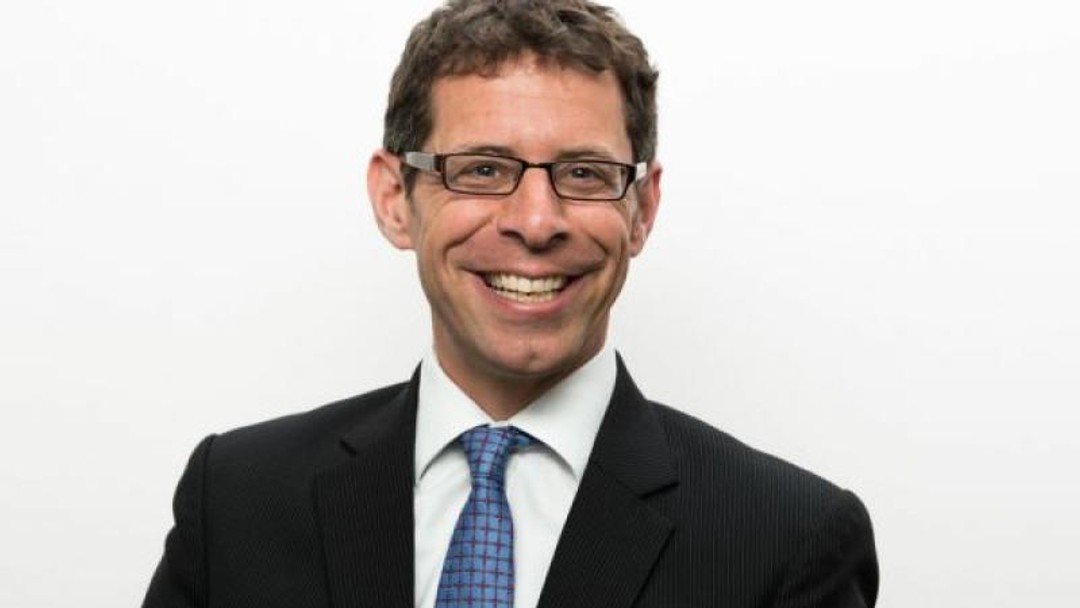The John Lewis-style ownership model

Employee part-ownership of a company can offer rewards both financially and culturally, writes Gareth Brahams
Upon hearing the news that Mishcon de Reya has been considering a change to its business set-up, I was reminded of why I wanted the idea of co-ownership and employee engagement to be at the centre of Brahams Dutt Badrick French's culture.
When I left my former firm, Stewarts Law, just over three years ago with a strong team ready to establish a specialist employment firm, I knew it was essential to decide what it was that I wanted to achieve and what kind of culture I was seeking to create.
I decided I wanted a firm where people would work with me, not for me, and where fee earners and non-fee earners were genuinely aligned. As an employment lawyer, I know that it is leadership, remuneration, and recognition that drive culture. That was how I hit
on an arrangement where all employees, from the partners
to the administration staff and everyone in between, are primarily motivated by the firm's collective achievements rather than their own personal success.
Of course, I was encouraged by the knowledge that John Lewis continues to beat rivals that are operating on traditional ownership models, but, as I'm sure is the case for most others, I am guided by my personal values and informed by past experiences.
Perhaps the most formative moment that I can remember was when, as an associate at a previous firm, a group of us confided in each other that we were desperately hoping the partners would lose a new business pitch. We had no financial or other incentive, and were more than busy enough. I remember thinking that if I were to ever run a law firm, I would hate for my staff to feel that way.
Financial model
There is effectively an equity partner called 'the employee bonus pool'. Each employee receives a fixed number of equity points from the pool (equivalent to a variable draw for partners) on top of a fixed salary. Unlike partners, employees do not make
a capital contribution to participate in this pool; however, the employers' national insurance contributions are funded
from it as a counter-balance.
I give a summary of the company's financial position when the management accounts come out each month, including the value of an equity point (assuming, of course, that we carry on trading at the same level for the rest of the year).
50 per cent of bonus pool payouts are made to employees in November on completion of the management accounts, and the other half is paid in February once the accounts have been audited.
The great benefit of our set-up is that all four partners and our growing number of associates, paralegals, and administration staff are completely committed to and motivated to achieve the firm's success. This works both financially and culturally.
Employee engagement
Creating an effective financial model, however, is only part of the goal. We want our team to have a voice, so that they feel they can - and in fact are able to - influence decisions made on behalf of the business.
Some decisions are rightly led by the partners - for example, our recent decision to move into new office space - but we do make sure that these are communicated as much as possible. For pretty much all other matters we have a discussion with the staff before making management decisions.
We have team meetings every fortnight, chaired by non-partners, where anyone can put an item on the agenda. They know that when they suggest something that will cost money, it will hit them in the pocket in the same proportions as it hits the partners and so they are cautious about it.
It is really working. There have been several occasions when our administrative staff have proved to be much more switched on
to the financial position of the wider business than I have ever witnessed at other firms.
There will always be differences between the way that the most senior and junior people in a firm benefit from their involvement, and I would not say that our model is by any means perfect. But in that the aim was not communism but true collaboration, I do believe this has been achieved for the moment.
Like all strategic decisions,
the arrangements need to be reviewed as the business grows and evolves; if it no longer works in the future, collectively we will work up the next model. SJ
Gareth Brahams is a partner at Brahams Dutt Badrick French